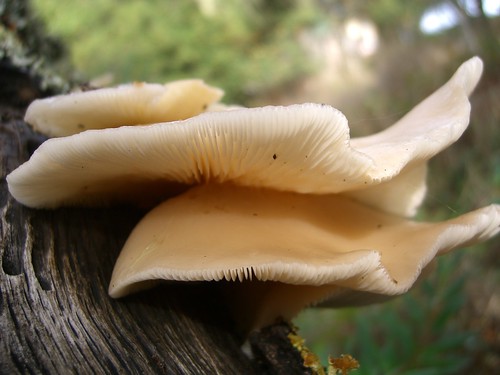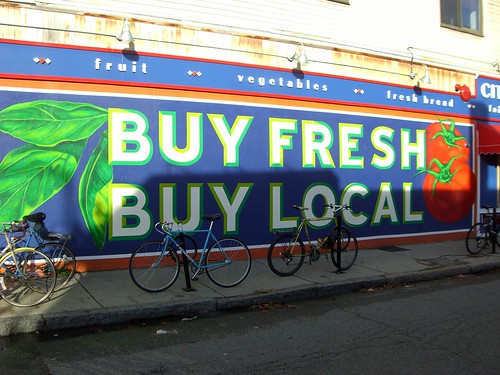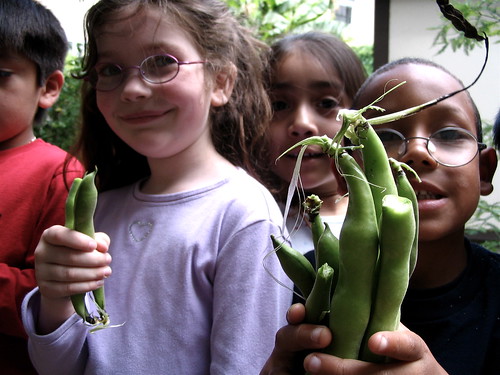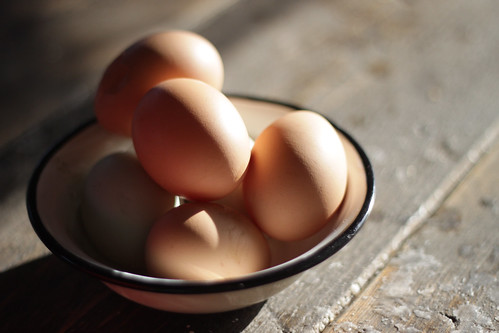
I can’t help it – the thermometer barely cracked 50 degrees today and I automatically started thinking about spring: sunshine, seeds, gardens, sprouts, fresh fruits and vegetables.
Alas, it’s only January and here in Virginia, we have at least another two months of the cold stuff. Reality check.
Here’s the thing:
eating locally also means eating seasonally, and when that season happens to be winter (and you happen to be in Virginia), it’s tough to be good.
Even Epicurious gives Virginia a depressing “dormant” rating for January.
But why should we care whether a food is in season?
For one thing, most produce these days travels about 1,500 miles before it reaches the consumer, bearing an ugly carbon footprint. But a related point is freshness.
If your food doesn’t travel as far, it will be fresher – and healthier – when you finally purchase it. Finally, because seasonal food is usually locally produced, concentrating your spending power on it will help to
keep your local economy ticking and keep money circulating within your community, which can only help make the place you live a more pleasant area to be in.
All of these reasons, coincidentally, are linked to the Local Food Hub’s mission and our whole raison d’etre.
So what’s a local-minded grocery shopper to do during these dog-days of winter? Well, while the hub’s coffers are getting low, they aren’t empty.
We’re still delivering apples, sweet potatoes, white potatoes and even some frozen berries – so keep your eyes peeled for our delivery truck.
And think about
trying something new for dinner this week – also in season now: beets, burdock, cabbage, carrots, garlic, Jerusalem artichoke, kale, leeks, mushrooms, onions, parsnips, pears, rutabagas, shallots, turnips and winter squash (
take that Epicurious!).
Of course, we’re not advocating that you should completely deprive yourself during the winter months, either.
Sometimes only a banana will do. But, by being aware of what’s local and seasonal at the moment, y
ou provide a new element to your shopping, cooking and eating that mindlessly loading up the cart with imported foods at the supermarket really can't match.









